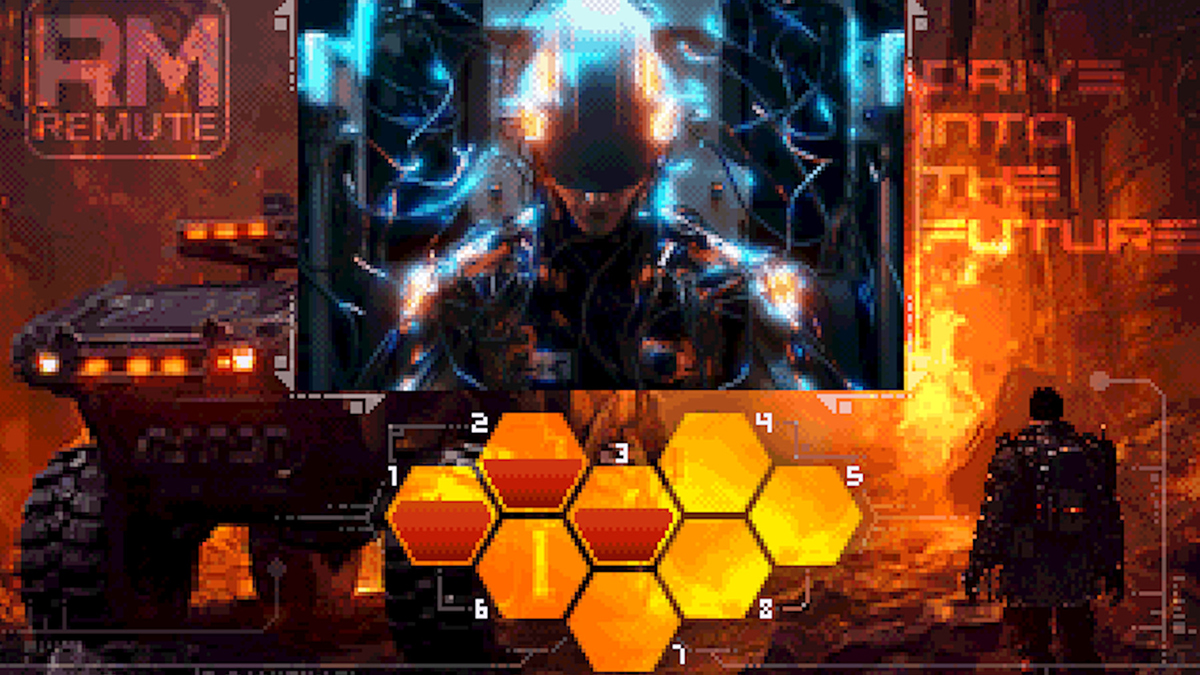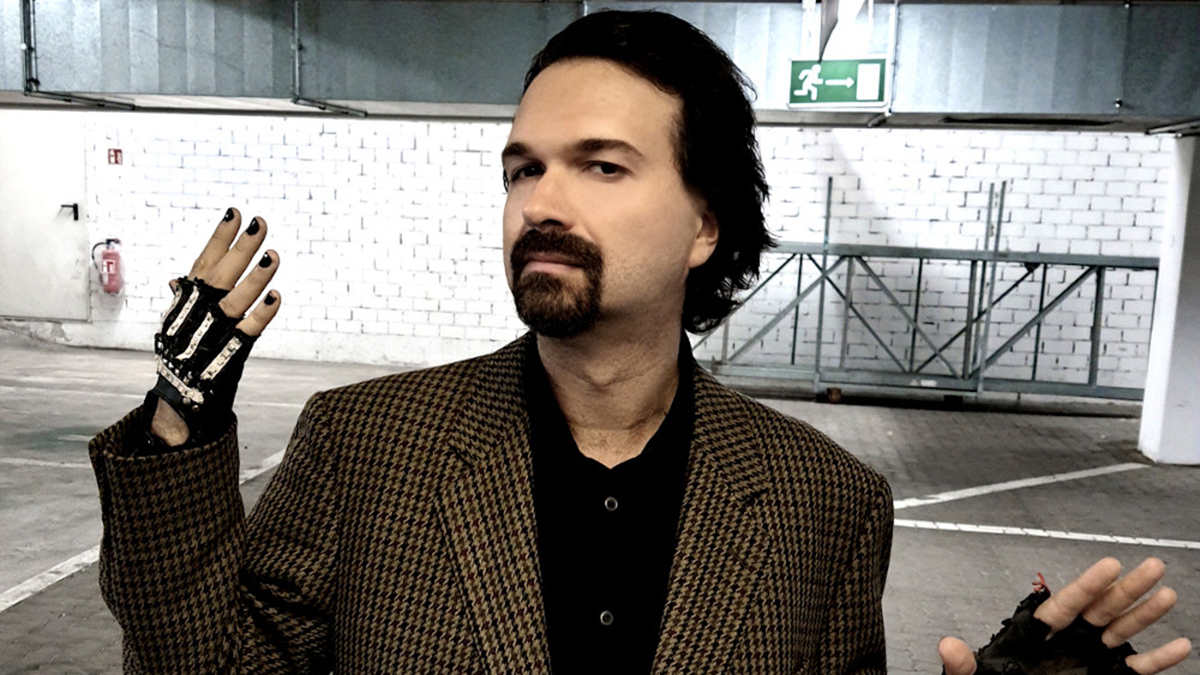Dust off that ‘90s PC, because Remute just made an entire album for MS-DOS
The pre-Windows operating system gets its time to shine

We’ve often (OK, sometimes) wondered what Remute would do now that he’s created an album for practically every classic games console under the sun, and now we have our answer. The retro-obsessed musician has made the jump to the PC - not to a state-of-the-art DAW, of course, but to the wonky old world of MS-DOS.
This of course, was the pre-Windows computer operating system that, as Remute says, “made the world go around in the ‘90s”. His new multimedia album, Drive Into The Future, will run on that old beige box that might still be kicking around at the back of your garage somewhere, or - thanks to the fully preconfigured DOSbox version that comes on the CD-ROM - the swanky modern PC you have sitting on your desk.
Drive Into the Future was created using the Impulse Tracker format and the music contained within its 12 songs is generated in real-time via a player built by MS-DOS specialist Bananaboy. You can also create your own remixes by switching any element on or off during playback, while visuals are provided by demoscene pixel artist Alien^PDX.
If you’re hoping to run Drive Into The Future on an old PC it’ll need to have at least a Pentium 100MHz processor, 32MB RAM, VGA, 2x CD-ROM, and a Sound Blaster or compatible soundcard (Sound Blaster 16 or compatible recommended). In addition it’ll need to be running DOS 6.0 or later, and a 150MB HDD is recommended.
The Drive Into The Future ‘Big Box Edition’ is available for pre-order via the Remute website. This contains a CD-ROM, a manual/artbook and poster and costs €40. It’ll ship on 6 October.
You can also pre-order a digital copy of the album via Bandcamp.

Want all the hottest music and gear news, reviews, deals, features and more, direct to your inbox? Sign up here.



I’m the Deputy Editor of MusicRadar, having worked on the site since its launch in 2007. I previously spent eight years working on our sister magazine, Computer Music. I’ve been playing the piano, gigging in bands and failing to finish tracks at home for more than 30 years, 24 of which I’ve also spent writing about music and the ever-changing technology used to make it.